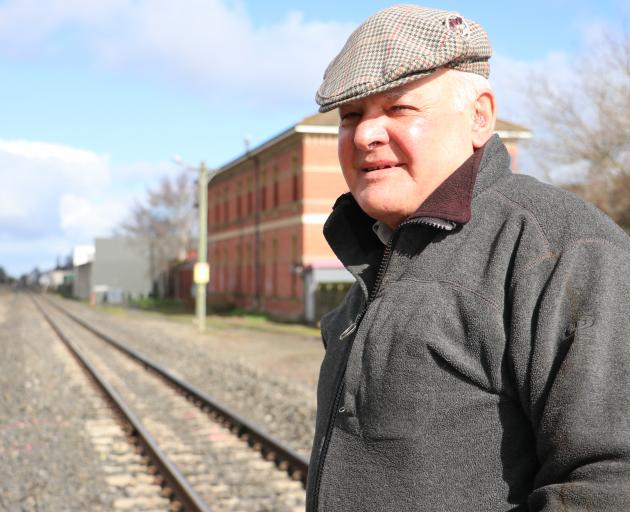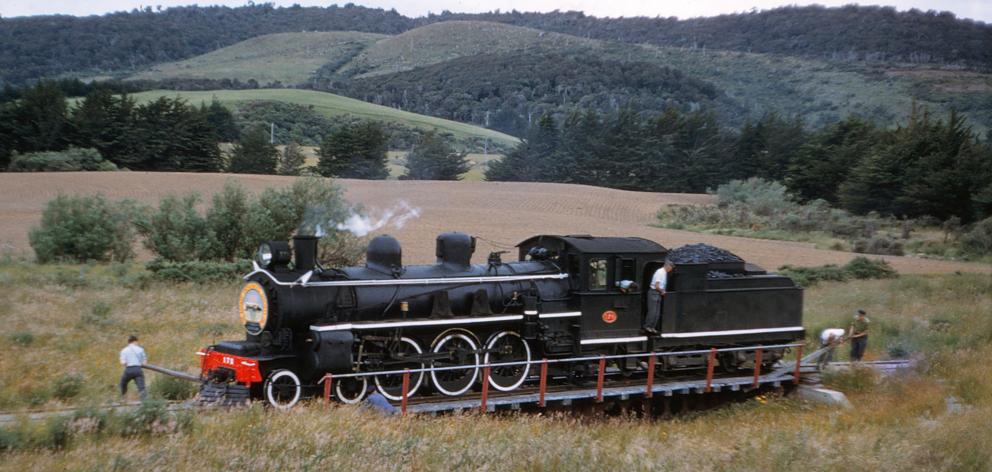
Invercargill author Alex Glennie has not run out of steam, nor is he derailed, but he does have a project he needs help with.
The historian is writing a book about the Seaward Bush branch railway line, also known as the Invercargill to Tokanui railway, and he would like to hear from anyone who has photographs, memorabilia or stories to aid his research.
Any proceeds from the book would be donated to charity through the Toi Tois Lions Club.
Mr Glennie said the railway line - which was started in 1886 and finished in 1911 - was an essential service in the days when there was no road.
"It was the only means of access to the countryside,'' Mr Glennie said.

"Rabbits were a big thing. The rabbits were collected and put on the train, skins and carcasses.
"I think they were taken to Invercargill and then up to Mataura for processing.
"Rabbits were being processed and exported in those days.''
Large quantities of fertiliser were trucked in.
"That was what kept the train going in its last years, was the quantity of fertiliser.''
Tokanui was the end of the line, so a turntable was built so the engine could be turned around to head back to Invercargill.
The engine was unhooked from its load, turned around, and driven back up a siding to where the carriages or wagons were waiting on the main line so it could be rehitched ready for the return trip.
There was a plan for the line to continue but World War 1 meant there were no labourers to finish the job.

"Thieving was rife.''
A dairy factory close to a railway station used to put out butter and cheese to be picked up.
"It was nothing for a crate of cheese to disappear and never be seen again. ''
There was a great deal of interest in the Tokanui railway.
"There's people everywhere from here to Auckland who have information on the Tokanui train.''
If anyone has any information, photographs or memorabilia they could email Mr Glennie: a.glennie@xtra.co.nz












